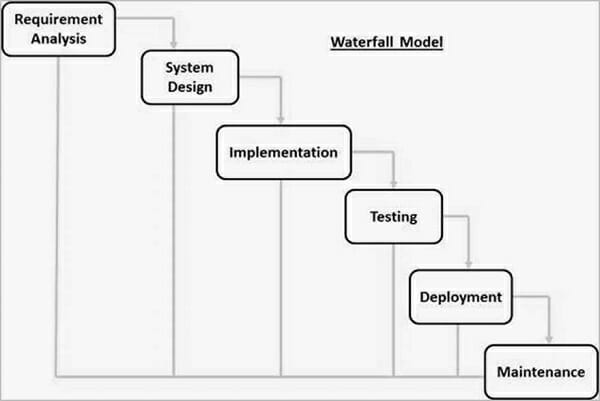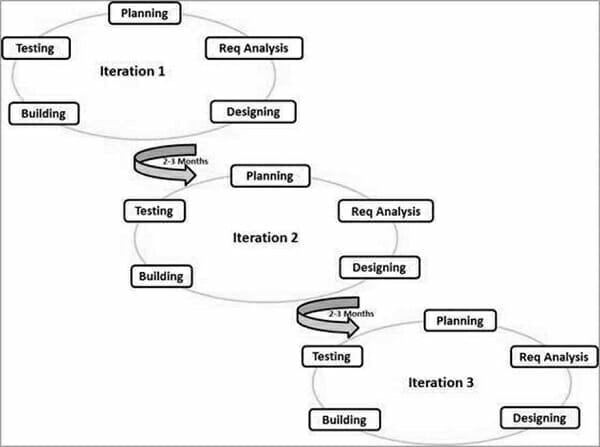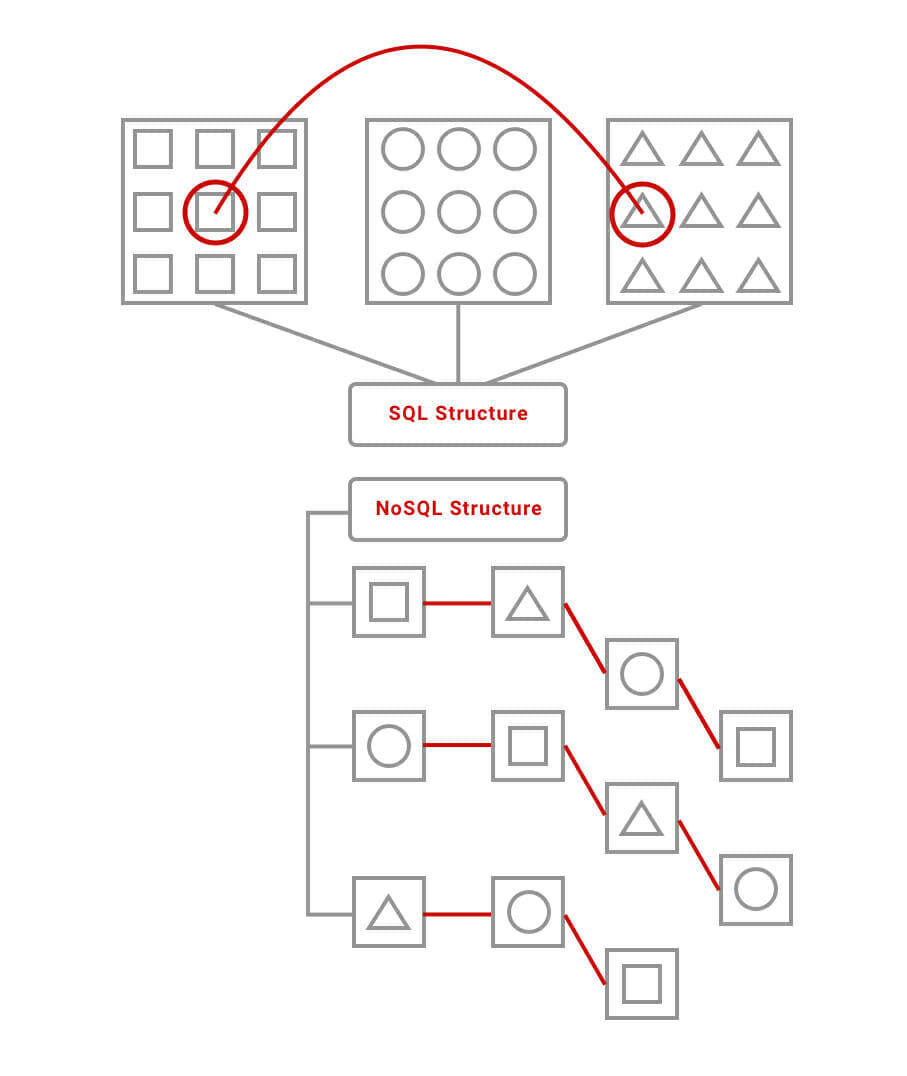8 Benefits of Enterprise Application Development
Businesses that develop mobile apps are becoming increasingly efficient. From payment banks to e-commerce businesses and health care, almost every single industry will improve its market value with the help of mobile applications. Success in today’s highly interconnected world is all about leveraging big data and existing business processes. Developing enterprise apps is one way to become more effective.
Below are 8 benefits of enterprise apps:
1. Enterprise Apps are Improving Worker Productivity
Any competitive business must invest in enterprise mobility if they want to increase sales, improve inventory, and incur fewer operational costs. Efficiency in all three areas can be improved by developing enterprise apps with data analytics.
Mobile developers also have the task of pairing analytical tools with the mobile app to maximize productivity. One particularly well known software application that to track important analytical data is Kumulos. It enables businesses to monitor the developmental life cycle of their app and make suitable adjustments throughout for maximum benefit.
2. Company Apps Empower Employees
A large number of companies have employees out there in the field, including delivery services, airport mechanics, and truck drivers. Subtle improvements in their everyday operations can drive up productivity and with it, profits. Enterprise apps give these workers access to real-time data and insights related to their processes.
This data is then fed back into the cloud in the form of business intelligence. This can be particularly helpful to the sales team because they can tap into a variety of available data, including press releases, finical reports, market analysis, research papers, and more. Bonus points if the application is powered with algorithms that can procedurally generate insightful information based on data from third party sites.
The best part is that most enterprise apps can be configured to integrate with important business processes. You will notice that the more users you have on the mobile app, the better your productivity. Enterprise apps maximize productivity by ensuring the following three:
- Accessibility to work anytime and anywhere
- Encourages work-life balance
- Easier communication between different departments
3. Enterprise Apps Save Time
It is not easy to store or retrieve data from your laptop or desktop while you are away from them. Not to mention the fact that employees won’t stay on their desks all the time. Going back and forth between their computers and laptops increases the time that employees could have spent being more productive.
For example, in an organization of over 200 employees, it would take around 10 minutes for a worker to go back to their desk, retrieve data, and then share it with each other. And while they do this, they are also shifting the attention of other employees from the job they were previously working on.
But using enterprise apps can save your employees’ time since they can just as easily retrieve the data or report from the cloud from their phones.
This also raises another important issue: employees will no longer have to fill up large and tedious forms that take up too much of their time. Instead, the enterprise app allows you to generate reports from drop down lists and menus that are much easier to use and generate. This makes it easier to process sales, generate invoices, and speed up marketing efforts.
4. It is Cost Effective
There are many operations in a single organization, and implementing technological tools for each department would be extremely difficult.
It doesn’t make sense to implement various tech tools for each department for two reasons, i) it would take time to teach employees how to use the tool ii) maintenance will eat up your profits. An enterprise app is a far more effective solution because it can be used by all departments at the same time.
Not only is this more cost effective, but it also lets you make decisions faster and more precisely. The use of apps will also cut down on the use and dependence on paper. You can hire a cloud service to store and process the data, this is a far more effective solution than to spend money on hardware and other tools. Using agile cloud technology also means you won’t have to use expensive tools at the workplace.
5. Creating New Opportunities
One of the main benefits of enterprise apps is that key stakeholders and decision makers in your organization can know and respond to new opportunities at a moment’s notice. This allows your company to stay ahead of market trends, address reputation management problems, tackle supply chain problems – and a lot more from a single app that you control.
6. Developing Enterprise Apps is Cheaper
Developing a new app on Android and iOS has become significantly more affordable over the years. The best part is that you don’t have to hire a team of developers to build an app for you. The development and maintenance of enterprise apps can be sourced to an app development agency instead. Since they are generally more experienced at app development, app development agencies can build new apps in a shorter period of time using fewer resources.
The best part about app development is that you can always add or remove features based on popular demand and analytical surveys.
7. Improve Customer Experience and Satisfaction
Developing an enterprise app becomes all the more important if you want to improve customer experience. Good customer service depends on how fast your employees can respond to queries and feedback of customers. The speed of your response can play a big role in improving customer satisfaction.
Once again, this is not possible to do since employees are not always available at their desks and getting to and from the computer will delay their actions. Moreover, being able to make responses to customer queries on an enterprise app in an instant is the best way to improve customer engagement. The presence of instant support enriches the user experience and leads to higher revenue and sales.
8. Stay Ahead of the Competition
The cutthroat industry does not favor businesses that are slow to move and respond to changes. Enterprise apps are usually always on the bleeding edge of technology. They create a sense of belonging among employees since they can just as easily log in to their systems at the time of their choosing. This allows employees to optimize their talent pool in the most efficient way possible.
Businesses that don’t take advantage of enterprise apps will find themselves severely short-staffed. This may be true even though they may have more employees than their immediate competition. It’s like bringing a knife to a gun fight.
Conclusion
A large number of businesses are using or plan on using enterprise apps in the near future. Furthermore with Enterprise apps, you can provide a more comprehensive customer experience, increase productivity and make better decisions while pooling your entire talent pool together. NS804 can help you control and transform your systems rapidly. Our team of expert app developers can help with Android app development and iOS app development based on your specific requirements.







